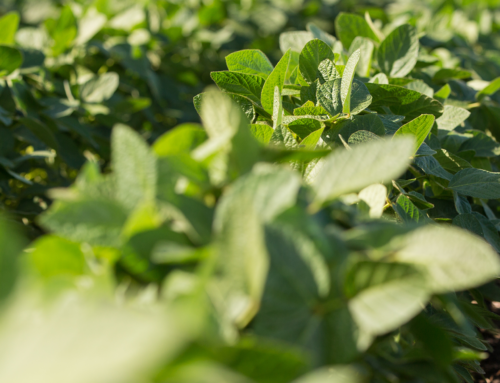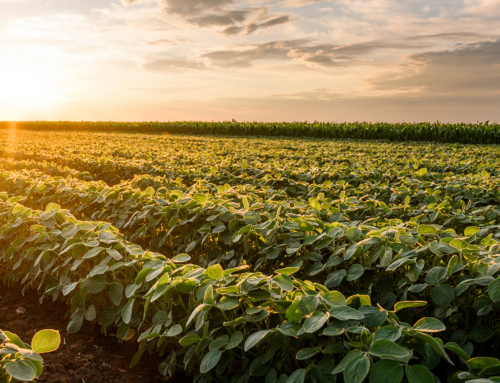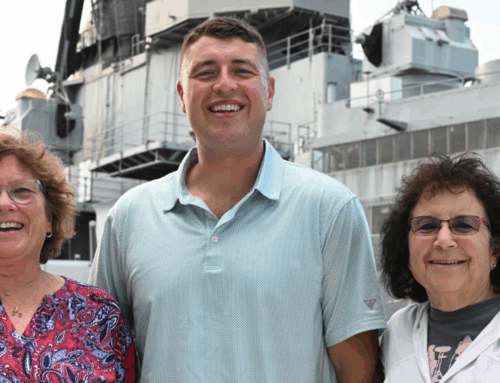USB director hosting Korean trade team
Share This
From the roots to the leaves to the seeds, Wisconsin soybeans are American made.
And that’s exactly what Wisconsin United Soybean Board (USB) Director Tony Mellenthin will be emphasizing when a Korean trade team visits his farm Tuesday, Aug. 26.
“I hope that their No. 1 takeaway is that they have confidence knowing that when they buy U.S. soybeans, they’re buying not only the highest quality soybeans but the highest quality soybeans that are produced in the most sustainable manner,” said Mellenthin, who farms near Eau Galle.
The multi-state trade mission is being led by the U.S. Soybean Export Council. Working hand-in-hand with USB to expand international market opportunities through strategic soybean checkoff investments, USSEC’s mission is to maximize the utilization, value and access to markets of U.S. Soy around the world. Trade teams are an integral aspect of that mission.
“Really, what I’m going to highlight on my farm to the trade team, are our production practices and how we grow our soybeans in a sustainable manner,” Mellenthin said. “We have a See & Spray sprayer that we got this year, so I’ll have that out to be able to show them how it works. It’s able to reduce chemical usage by an average of 40 percent and sometimes upwards of 80 percent across our farm.”
In 2024, Korea imported nearly $326 million of U.S. soy, totaling over 642,000 metric tons and, over the last decade, Korea’s U.S. soy purchases have increased by 46 percent. Korea annually crushes about 1 million metric tons (MMT) of soybeans. Typical soy foods include tofu, soy sauce and paste, soy milk and soybean sprouts. Soybean oil is a popular vegetable oil, second to palm oil. Soybean meals are the major protein source for compound feeds, especially for swine and poultry.
Just like any other business, besides quality, customer service is what keeps purchasers coming back. And Mellenthin hopes that giving the Korea trade team a warm welcome will encourage them to increase U.S. soy purchases.
“The bottom line is that they are customers,” Mellenthin said. “I believe that every seller – which would be myself as the farmer – should know the customer. But more importantly, the customer should know not only what they’re buying but where they’re buying it from, and that is the United States soybean farmer.”
This isn’t Mellenthin’s first time hosting a trade team on his Wisconsin farm and he’s looking forward to getting to know the people who buy his soybeans.
“My favorite part of hosting trade teams is the camaraderie that comes with meeting new people,” Mellenthin said. “And, ultimately, it’s the excitement from our customers. We’re usually met with genuine excitement that they’re able to see not only the soybeans that may one day end up in their country, in their hands, but the people who grew those soybeans, too.”
Sowed and harvested in the U.S., Wisconsin soybeans are high quality and sustainably grown. When the Korean trade team participants head home, they’ll have seen the evidence firsthand.



